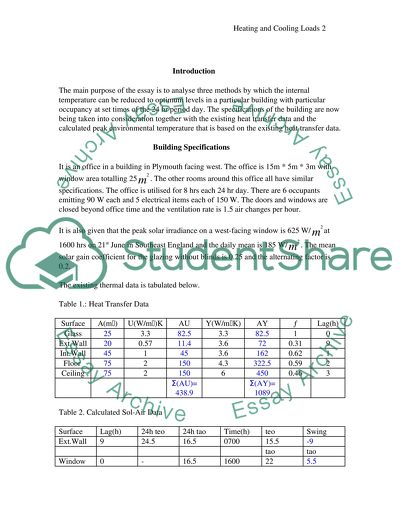Cite this document
(“Heating and Cooling loads Assignment Example | Topics and Well Written Essays - 4000 words”, n.d.)
Retrieved from https://studentshare.org/technology/1504756-heating-and-cooling-loads
Retrieved from https://studentshare.org/technology/1504756-heating-and-cooling-loads
(Heating and Cooling Loads Assignment Example | Topics and Well Written Essays - 4000 Words)
https://studentshare.org/technology/1504756-heating-and-cooling-loads.
https://studentshare.org/technology/1504756-heating-and-cooling-loads.
“Heating and Cooling Loads Assignment Example | Topics and Well Written Essays - 4000 Words”, n.d. https://studentshare.org/technology/1504756-heating-and-cooling-loads.


